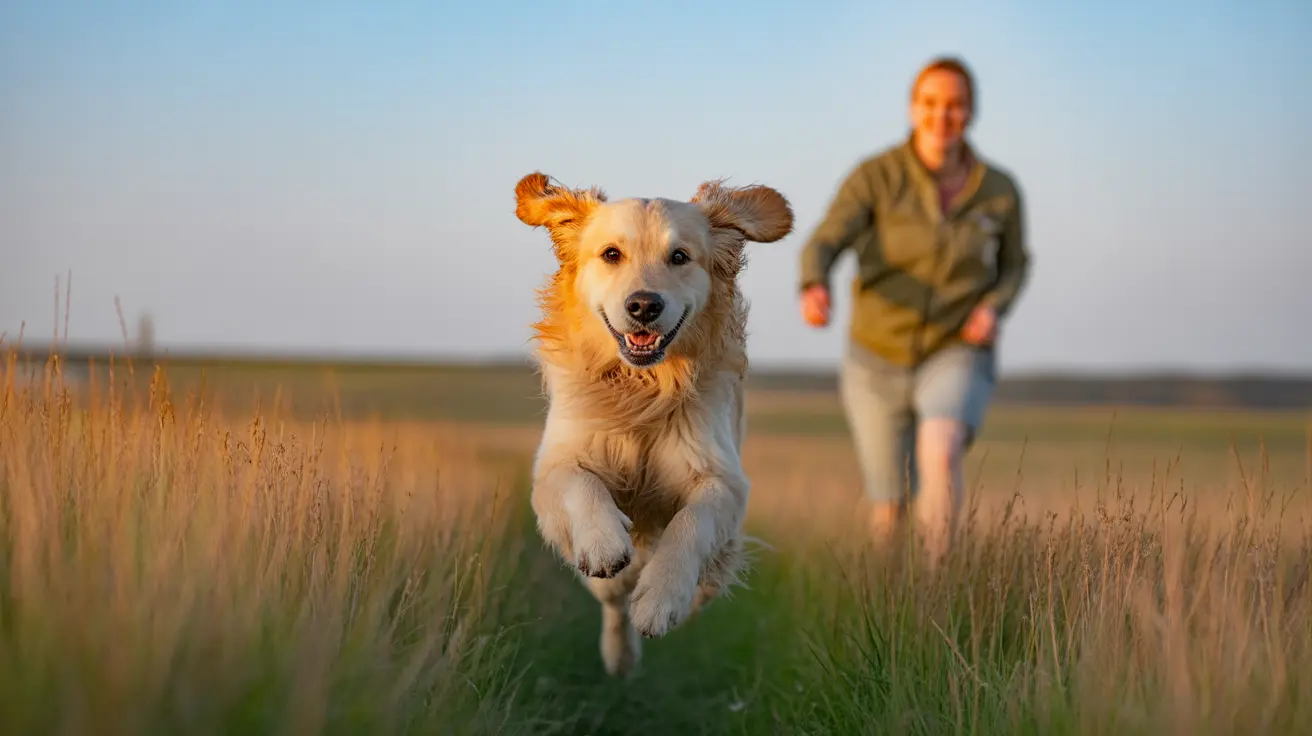Understanding Why Dogs Push Their Backside Into You
Dogs are known for a variety of quirky and often affectionate behaviors, one of which includes pressing or leaning their back ends against their human companions. While this may seem odd or amusing at first, this behavior reveals deep-seated instincts and an emotional connection shared between dogs and humans.
1. Sign of Trust and Affection
When a dog turns their back or presents their rear end to you, it is often a clear indicator of comfort and confidence. In pack dynamics, exposing a vulnerable area like the hindquarters reflects a dog’s trust and submission, especially when in the presence of someone they feel safe with.
By doing so, dogs are essentially saying, “I trust you, and I don’t see you as a threat.” This behavior supports the idea that your pet sees you not just as an authority figure, but as a trusted family member within its pack.
2. Social Communication and Instincts
In canine social behavior, greeting each other by sniffing rear ends is a normal way of gathering information. This area contains scent glands that tell other dogs about an individual’s identity, mood, and health.
- Dogs may turn their rear to you as a non-confrontational greeting, avoiding direct eye contact that could be seen as a challenge.
- It’s a peace gesture, indicating the dog is not trying to dominate but rather communicate subtly.
3. Scent Marking Behavior
The area beneath a dog’s tail houses anal glands that emit a unique scent. When a dog presses or rubs its rear against you, it could be trying to mark you with its scent, essentially labeling you as part of its social group or “pack.” This behavior is both instinctual and affectionate in its intent.
Just like leaving scent while scratching or rubbing against objects, marking a favorite human helps dogs affirm bonds and create a familiar, secure environment.
4. Seeking Attention or Comfort
Many dogs enjoy being scratched near the base of the tail or lower back. Since this area is hard for them to reach, turning their back to you might be a gentle request for some scratching or petting. This is often accompanied by a wagging tail or relaxed posture.
In such cases, dogs often associate this contact with pleasure or relief — especially if they’ve learned that you respond favorably and give them the touch they crave.
5. Sleeping Positions and Protection
When dogs choose to sleep with their bums facing you, they are expressing both trust and protective instincts. Sleeping in such a position allows them to relax while still keeping an eye (or ear) on their surroundings.
- This posture lets them monitor the environment, relying on you to watch their back.
- It shows ultimate comfort, as dogs don't expose their backs to a perceived threat.
Breeds that are especially loyal and social, like Golden Retrievers or Border Collies, may show this behavior more frequently due to their strong bonding instincts.
6. When to Monitor for Health Issues
Though this behavior is usually positive, in some cases it may indicate health concerns:
- If a dog persistently scoots their rear along the floor, it could signal anal gland problems, worms, or flea irritation.
- Watch for other symptoms like licking, chewing at the area, or sudden behavior changes, which may warrant a veterinary visit.
7. Not a Sign of Dominance
Contrary to older beliefs, presenting the butt is not an assertion of dominance. Recent animal behavior studies show this type of physical interaction centers more around connection, comfort, and passive communication than hierarchy establishment.
8. Gentle Management and Training
If your dog’s behavior becomes too frequent or disruptive — especially with guests or children — you can gently redirect their behavior using positive reinforcement. Encourage appropriate ways for them to greet or seek attention while reinforcing boundaries.
Consistent training and redirection benefit both your dog’s comfort and the safety of others, particularly if the dog is large or overly enthusiastic in their greetings.
Conclusion
When your dog pushes their backside into you, take it as a compliment of utmost trust and connection. Understanding the instinctual, social, and emotional motivations behind this behavior can enhance your bond and allow you to respond appropriately and affectionately. These gestures are your dog’s way of saying, “You are part of my pack, and I feel safe with you.”





